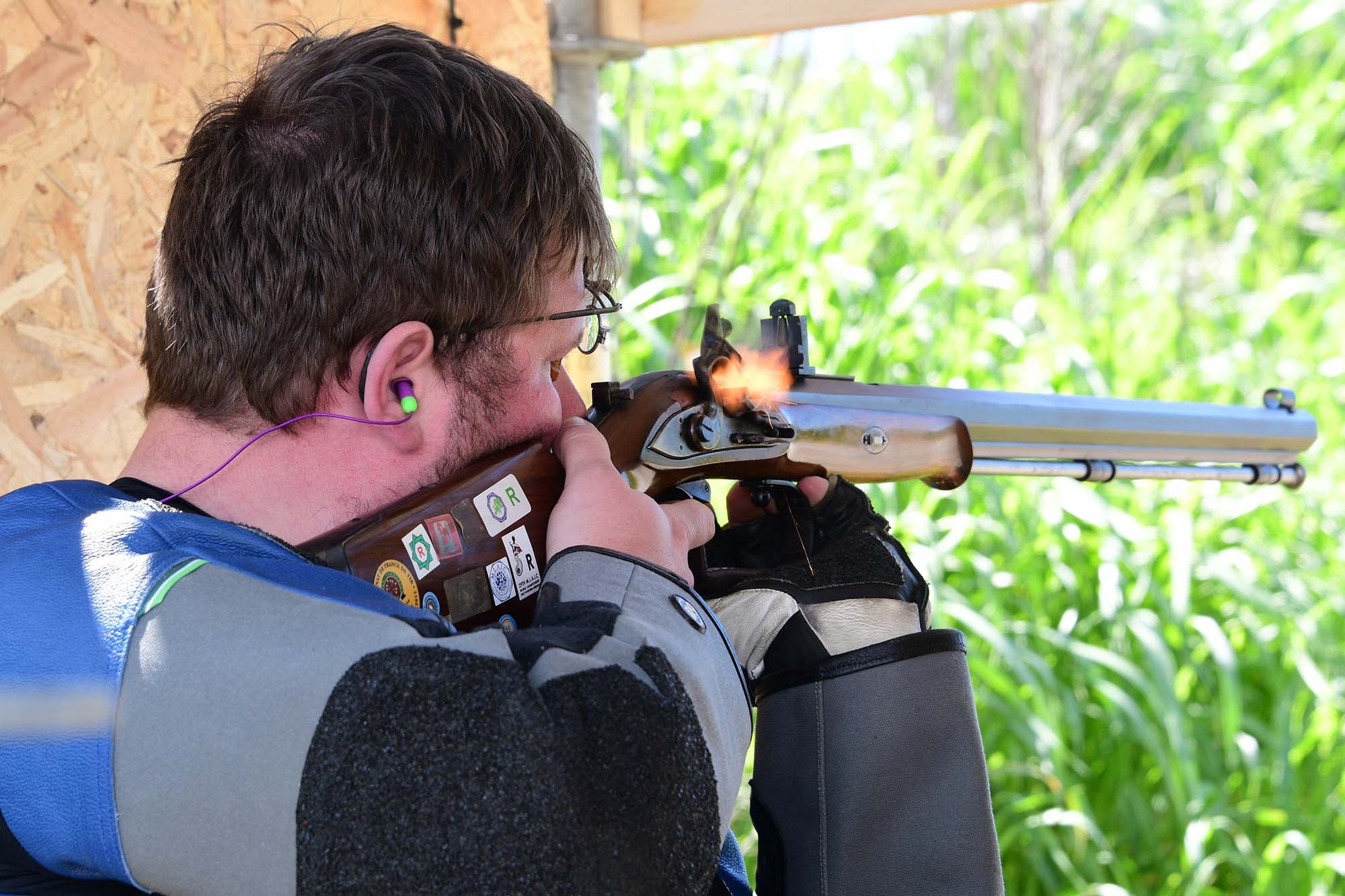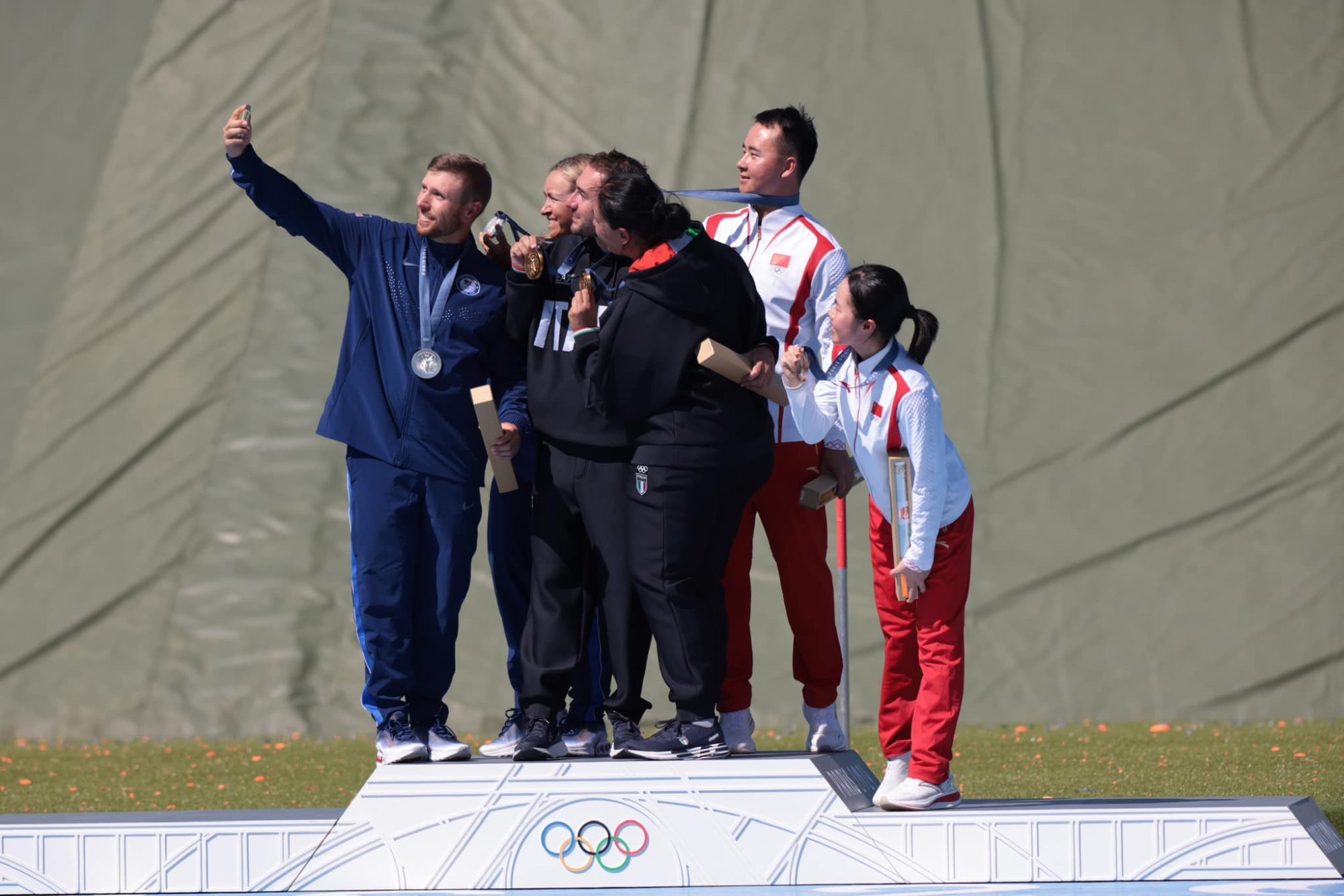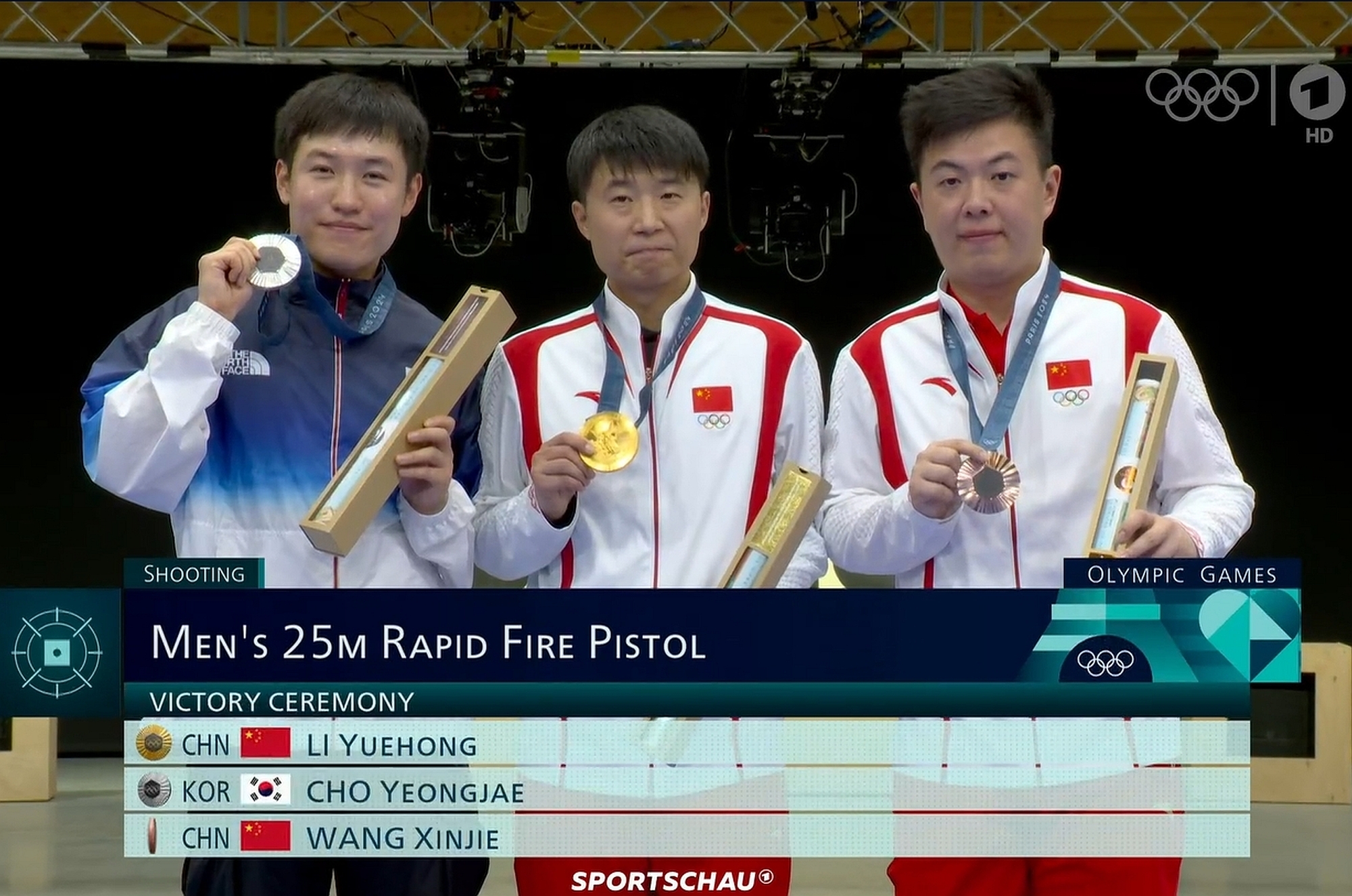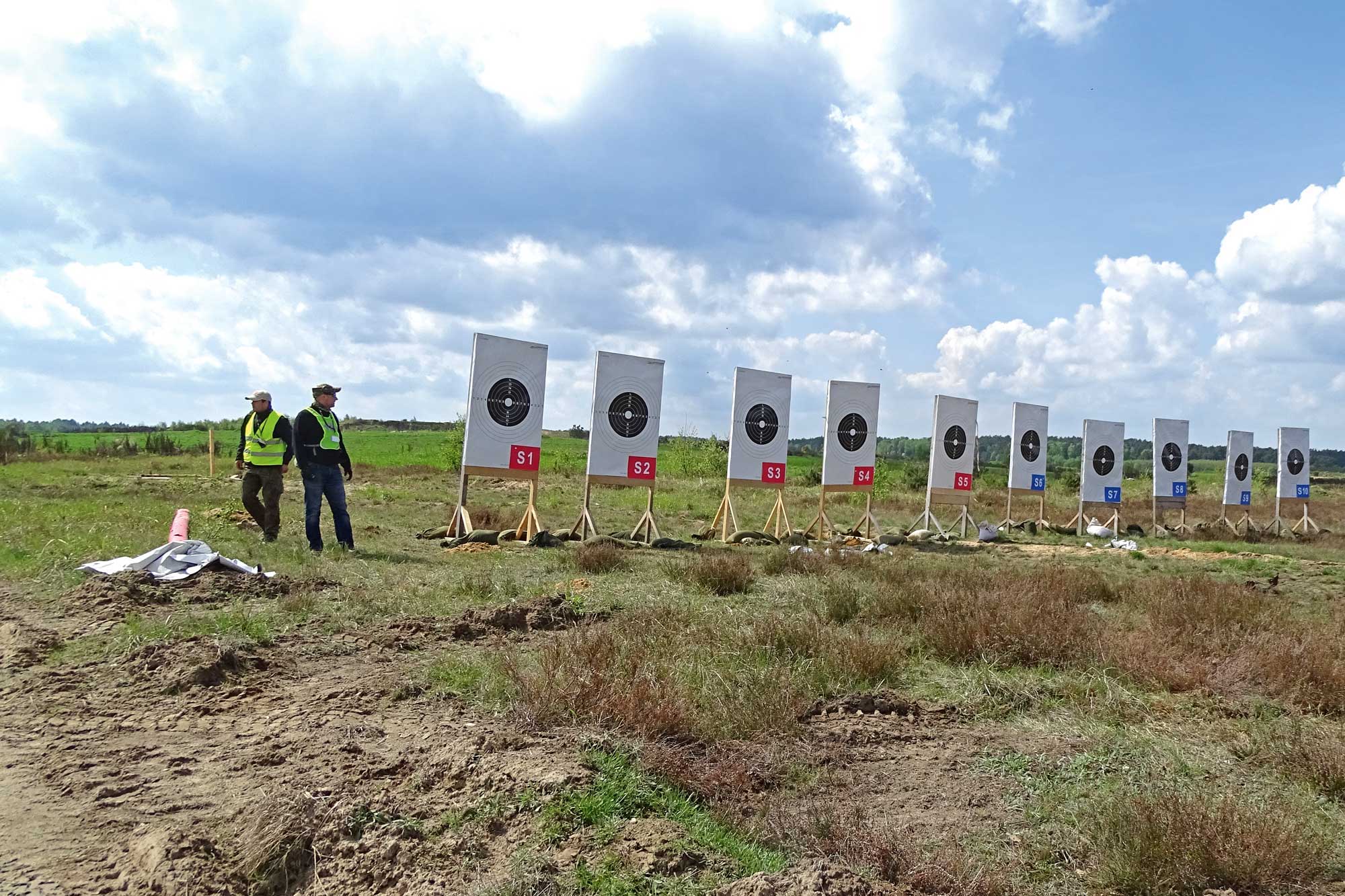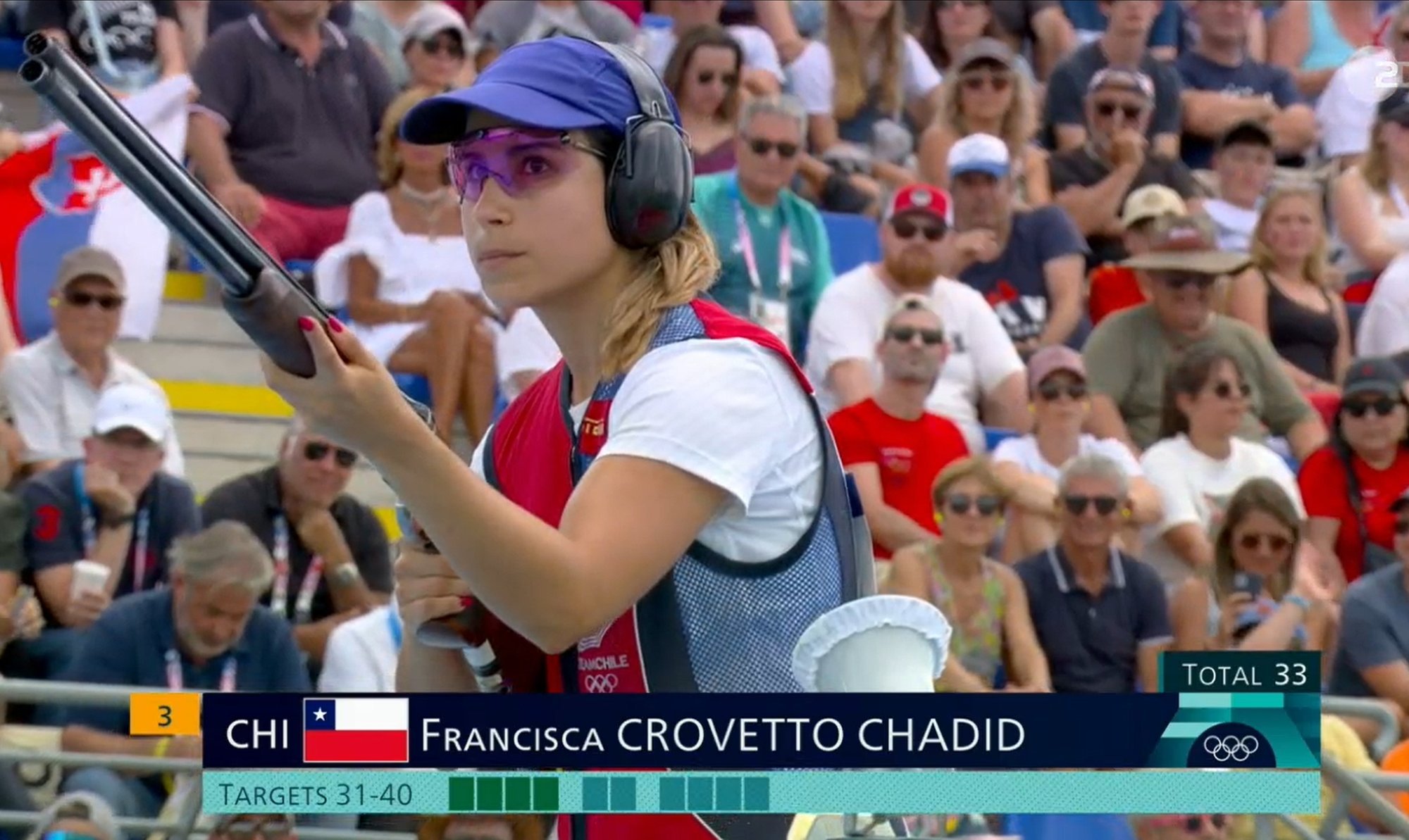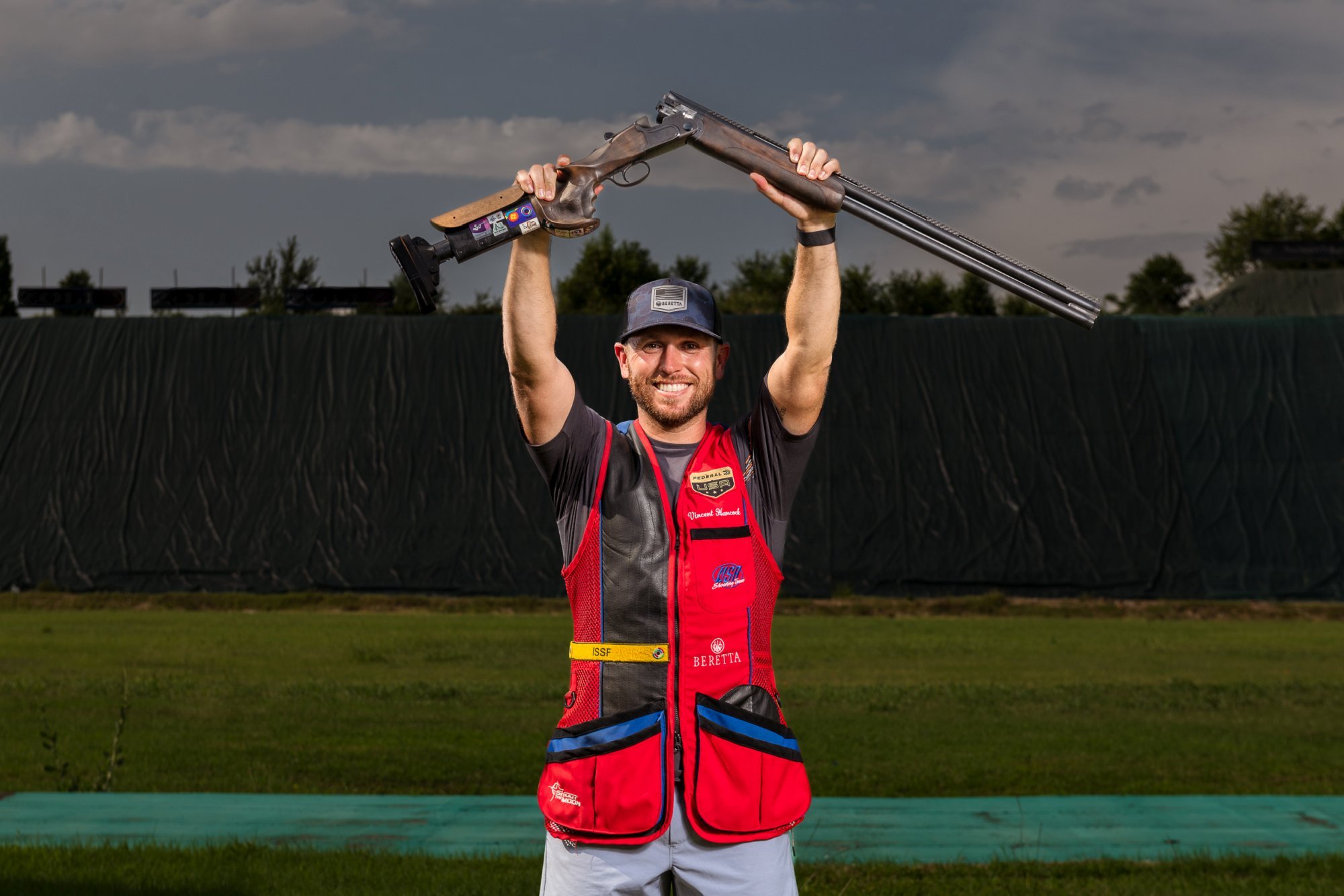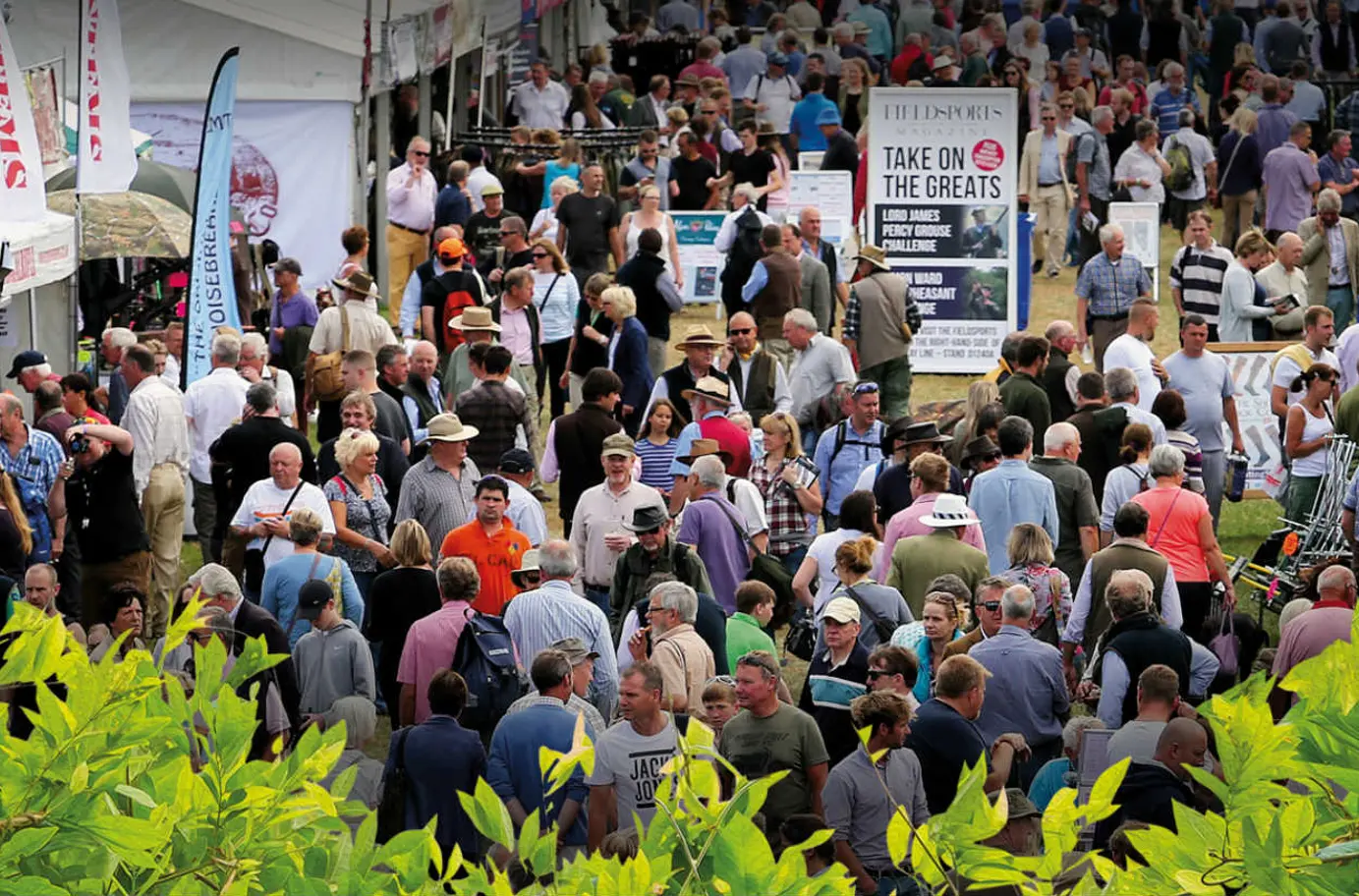Last but not least, we are dealing with a very important area for IPSC shooting: entering and leaving a shooting position. Movement, apart from minimalist short courses (stages with less than 12 rounds), is a constant on every course, whether it's just a few steps between two positions or sprinting several meters. But don't worry. That does not mean you have to possess the qualities of an Olympic sprinter. What the masters of our sport bring to its perfection, however, is the consistent exploitation of spaces for movement. They know how to effectively use the time window when entering and leaving a position to shoot at targets, thereby spending as little time as possible statically in one position. Often this may not look as dynamic as a shooter sprinting from position to position and then statically firing at targets. But in the end it is a very time-saving method. Especially since an excessive acceleration between two positions can in turn bring about other problems (in particular, it is necessary to decelerate more abruptly before the new position).

Three aspects of the perfect change of position
Before we address some important points on the topic of the change of position, it must be first stressed that the basic skills (such as pistol draw, magazine change, trigger control, etc.) should be safely mastered. How can you, for example, be able to quickly get away from the starting position while drawing the gun at the same time, if the static draw causes problems? In principle, the position change is all about three things:
- You should be able to shoot as early as possible when reaching a position.
- You should take your usual shooting posture once in the position.
- The shooting position should be left as early as possible
Of these points, the second point is of great importance. In each position, the same shooting posture (with bent knees and center of gravity slightly shifted forward) should be taken again. Thus, neither the shooting suffers under the position change, nor is it limited when leaving the position. After all the targets have been fired at from the position, you spring without further hesitation towards the new position. A few steps before the new shooting position you slow down your pace and bring the gun back into aiming position. Meanwhile, the knees function as shock absorbers and the sights tell you when to start shooting again.
Special situations require adjustments
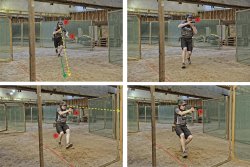
This quite aptly describes the general process of changing position. However, there are some variables that require adjustments. The variables include, for example, the distance between the positions, the target difficulty, a necessary magazine change or a forced posture that makes the change of position difficult. If you pay attention to the following points you will master these adjustments successfully. As soon as it comes to entering or leaving a position quickly and efficiently, your own sights will tell you quite clearly what to do. If the sights are not on the target after the change of position, the gun has not been raised in time. Leaving a position without having a sight picture means you have most likely shot a "miss". If the sights are not on the target while on the move, you have neglected the position of your knees. No matter what, our sights tell us what happens. Already a few steps before reaching the new position you should prepare to shoot, which is why both hands must cling to the gun. For this reason, it is advisable not to break up the normal shooting posture and leave both hands on the pistol for short distances in order to optimize time.
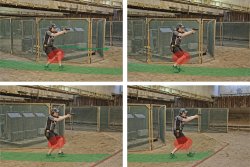
For longer runs, however, it is more dynamic to take the non-firing hand off the gun to facilitate running. You can also make the position change even more explosive if you focus your eyes on the new position. Furthermore, sideways movements should be avoided at all costs, and instead you should always walk with your hips oriented in the direction of movement, because this way you can go faster. If a magazine change is also forthcoming during the move, the crucial question will inevitably be raised as to whether the priority is the magazine change or the movement. We recommend – with the exception of very short distances – to always give preference to a quick change of position. In no case should the beginning of a position change be artificially slowed down in order to change the magazine more easily. Finally, an important hint for shooting targets while on the move (whether entering or leaving a position). It is vitally important to feel comfortable with the difficulty of the shots. You must be able to achieve good results moving quickly and aggressively. Otherwise, it is not worth it and it is better to take a static position. Here it’s good to clearly separate claim and reality, which of course is all the easier when you have a healthy self-assessment of your own shooting skills.
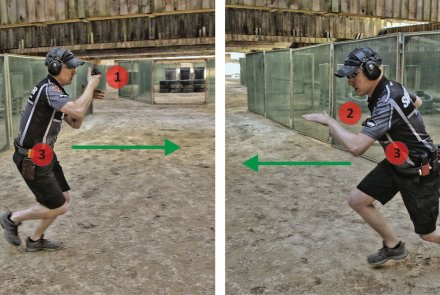
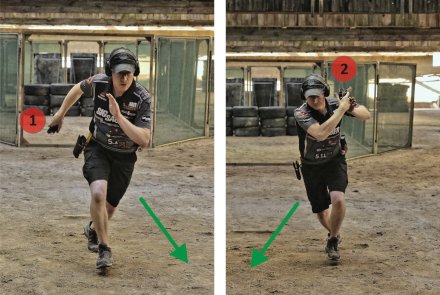
Weighing options and risk management
In IPSC shooting, a lot is about risk management. This means that, when weighing up different options, you must always consider what is the probability of failure, how much you lose if you choose a conventional solution, etc. When it comes to shooting targets on the move, the question is always how many points you may lose and how much time you can actually save in comparison.
At the end of our series, a final word and some book tips
We hope you enjoyed our series on basic IPSC shooting techniques and that you can take as much information, suggestions and tips as possible. At this point we would like to thank Britta Kobler for the energetic support with picture material and Patrick Kummer for providing the shooting range. If you have enjoyed it and want to immerse yourself in the subject, we recommend the excellent "Perfect Practice" and "Thinking Practical Shooting" books by Saul Kirsch and the US top marksman Ben Stoeger’s book series "Practical Pistol Training", "Skills and Drills" and "Dryfire Training Reloaded".
- Here are the other parts of our series on dynamic handgun shooting:
Further information on dynamic handgun shooting:
Which IPSC classes are there in the field of short guns? We offer you a short overview to the Handgun Divisions.



